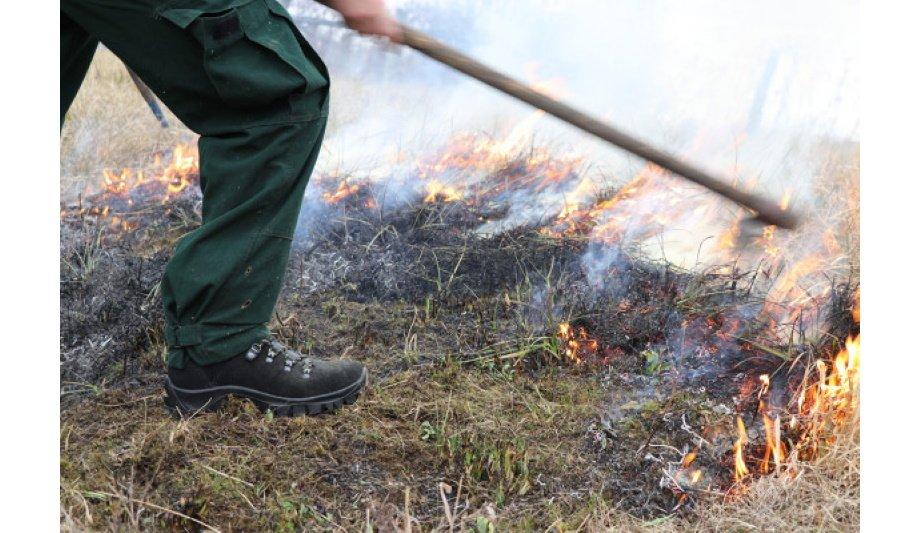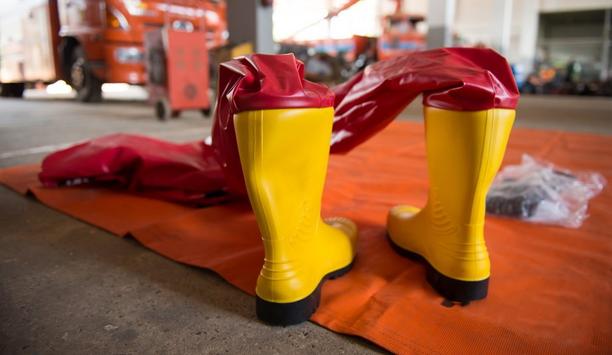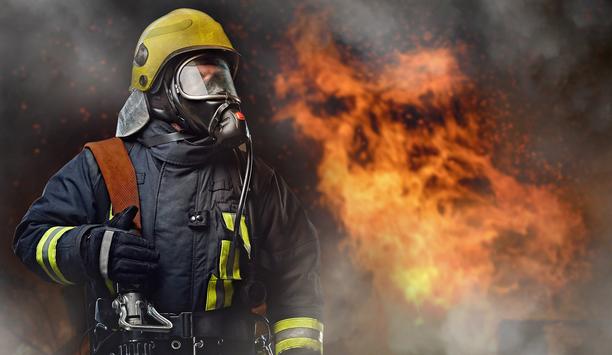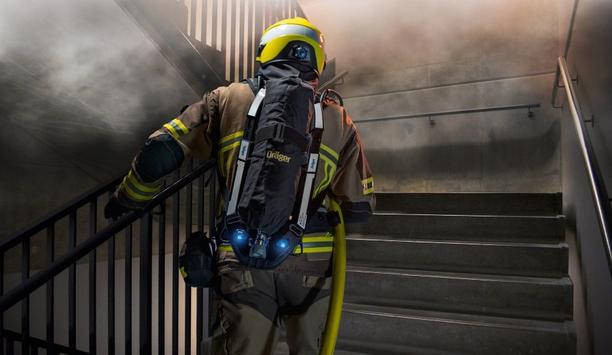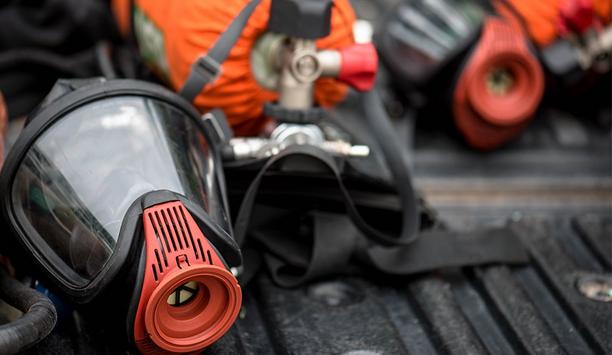Wildland firefighting has always faced many challenges, but the challenges have increased as wildland fires have grown in size and magnitude, over the last 25 years. During a fire, wildland firefighters face long hours dealing with challenging and changing conditions.
Wildland firefighters spend the majority of their time on their feet, walking over rugged and steep terrain, in hot temperatures, all while carrying the gear that they need for extended time, out on the fire line.
Importance of wildland boots
A firefighter’s wildland boots can make or break a wildland firefighter. A wildland firefighter’s gear not only needs to keep them safe from injury, but it also needs to help them perform the job at hand, to the best of their ability. Footwear out in the field that leads to blisters, pain and/or discomfort, or cannot stand up to the conditions they face, can seriously jeopardize a firefighter’s ability to perform their job and could potentially jeopardize the firefighter’s, and the team’s safety.
Wildland firefighting boots have evolved over the last number of years, with many firefighters opting to shift away from the traditional, logger style boots, to more of a hiking boot style. While the boots must primarily offer protection and heat resistance, comfort and durability are tantamount as well. All factors need to be considered when choosing boots.
Wildland hiking boots are lightweight and comfortable
Wildland hiking boots can usually offer a more anatomical fit that follows the natural curve of the foot
Many firefighters are moving away from logger style boots, with its higher leg height and elevated heel, to more of a hiking style, because a hiking style boot tends to be lighter in weight, more responsive on the feet and let’s face it, more comfortable as well.
Wildland hiking boots can usually offer a more anatomical fit that follows the natural curve of the foot. And, with some of the loads that a wildland firefighter needs to carry out in the field, paired with the physical demands of the environment, lightening the load on the feet can lessen leg fatigue and energy expenditure. Studies have shown that every pound reduction in footwear translates to a 5 pound reduction in weight off the back.
HAIX Missoula 2.1 wildland hiking boot
Just what goes into a boot that makes a hiking boot into a wildland firefighting boot? Well, the most obvious qualifier would be that it is certified NFPA 1977, the Standard for Wildland Firefighting Clothing and Equipment, such as the HAIX Missoula 2.1.
More and more agencies are moving to the wildland certification requirement. Exactly what testing requirements must a boot fulfill, in order to get certified to NFPA 1977 standard latest edition, are listed below.
- Boot must be heat resistant, without melting or delaminating,
- All metal parts, like eyelets, must be resistant to corrosion,
- The upper must have cut resistance,
- The upper must have puncture resistance,
- The sole must have a certain level of abrasion resistance,
- The inside bottom of the boot must not exceed 111° F in a conductive heat test,
- Soles must be slip resistant,
- Eyelets and hooks must pass an attachment strength test,
- Boots should be flame resistant, after flame of under 5 seconds and boots cannot melt, drip or have any kind of burn-through,
- All thread should be heat resistant and show no signs of melting, charring or igniting,
- Inside NFPA label must be able to be read by the naked eye and be firmly affixed in place.
In addition to passing all of the above testing requirements, boots also need to have certain design requirements. The boots need to have a sole that is at least half inch in height, along with an upper and an insole.
Boots need to offer an adjustable and snug fit
The boot must be able to provide an adjustable and snug fit, to support the ankle and the lower leg
The boot must be able to provide an adjustable and snug fit, to support the ankle and the lower leg. The boot must be 8 inches in height, at a minimum, but the height is actually measured from the inside to the lowest point at the top of the boot and not from the floor. All thread also needs to be flame resistant.
The U.S. Forest Service, on the other hand, does not require their boots to be certified to NFPA 1977, but they do have their own requirements for wildland firefighting boots. The U.S. Forest Service requires a wildland firefighting boot to be a minimum of 8 inches tall, measured from the floor, an upper made of leather, traditional lacing with no zipper and a melt-resistant sole.
HAIX Missoula boot meets U.S. Forest Service guidelines
The original HAIX Missoula boot was developed to meet the U.S. Forest Service's requirement guidelines and is a popular hiking style wildland option that won’t delaminate, out in the field.
Whether choosing a certified or a non-certified boot could be dictated by the employer or it could be a matter of personal choice. Whichever kind of boot a firefighter has opted for, they have to make sure to choose a high quality boot, with quality construction, because they are dependent on their boots, when out on the fire line.
